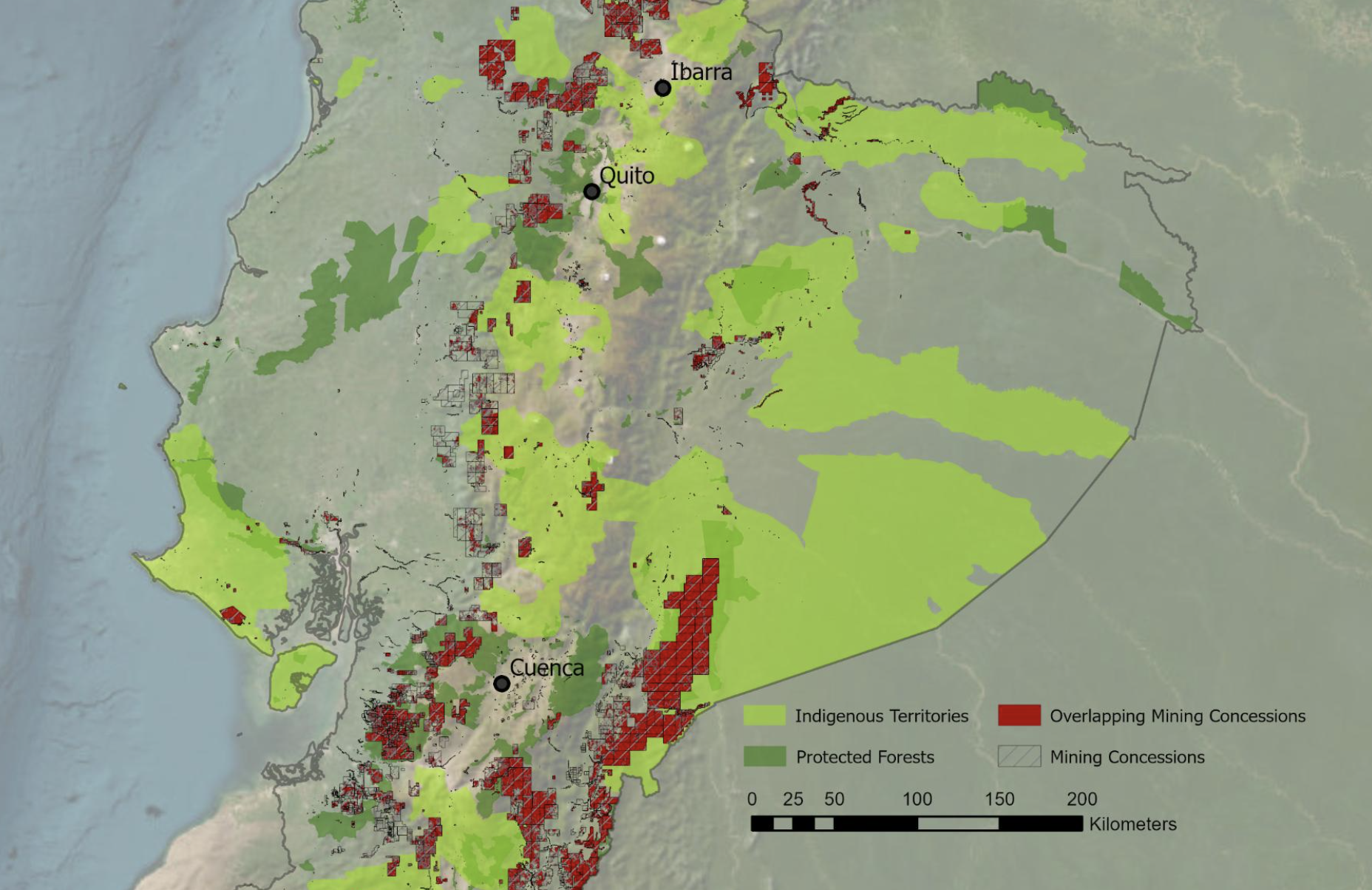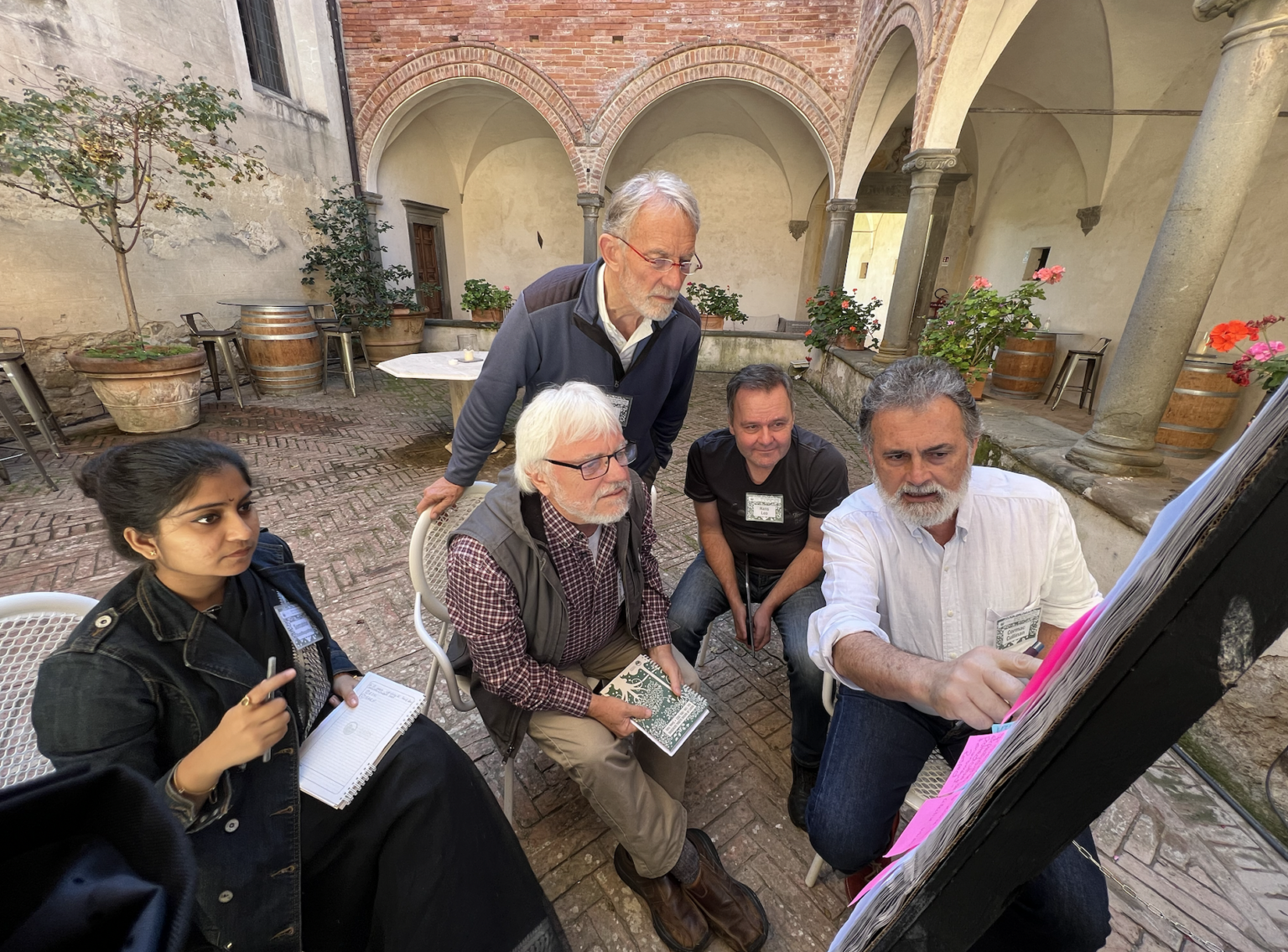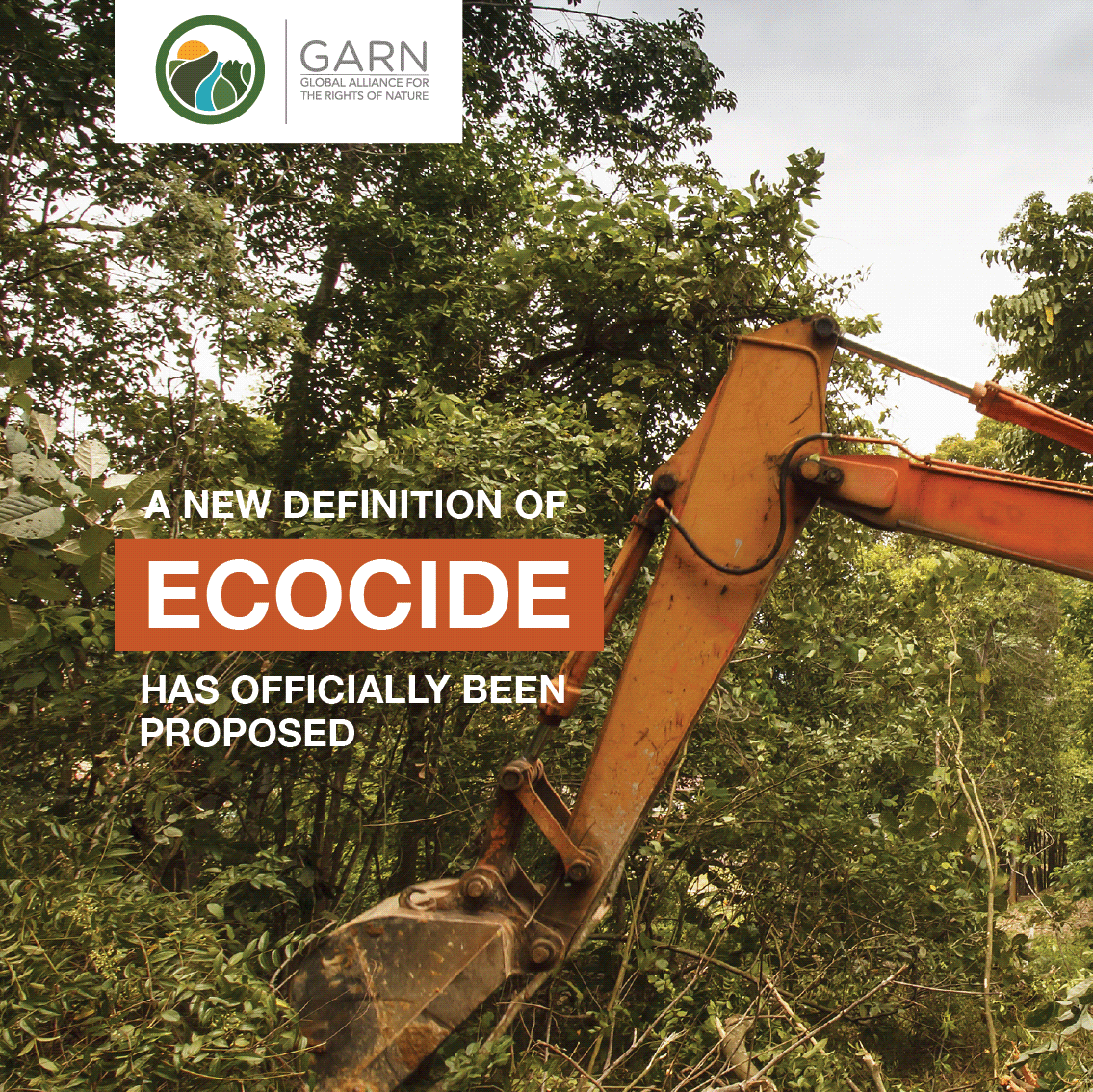
Article by Jessica Gowers for University of Sussex.
New research has identified a further 16,000km2 of biodiverse land which should be legally protected from mining concessions, following the Rights of Nature precedent set by the successful case of Los Cedros.
Rights of Nature describes a framework in which, like people, nature has its own legal rights. In 2021, Ecuador’s Constitutional Court was the first in the world to invoke Rights of Nature laws in order to stop mining in the Los Cedros protected forest, due to the threats it would pose to the unique and vulnerable species that lived there and the important roles they play in keeping the forest ecosystem healthy.
New research led by Professor Mika Peck, who was involved in the Los Cedros case, has now studied the implications of this ruling and has identified where similar Rights of Nature cases might occur.
The researchers identified areas in Ecuador with proposed mining activity and analysed the risks to protected forests, indigenous territories, endangered species, biodiversity and areas of water resources conflict; factors which are all protected under Rights of Nature.
Mika Peck, Professor of Conservation Ecology, in the School of Life Sciences said: “We have identified areas under threat of mining using International Union for Conservation of Nature datasets that show remarkably high numbers of species living in them, or species richness, ranging from at least 344 to 1184 species. There are also areas with high numbers of animals at risk of extinction, varying from 9 to 94. To put that into context, the species richness of the whole of the UK is just 240 with a maximum of only 10 endangered species based on these same analyses. It should be noted that this is an underestimate of likely species numbers.
“This research not only pinpoints the potential for Rights of Nature to safeguard these important ecosystems in the future, but also demonstrates the overlap these areas have with substantial investment risks for the mining industry. Therefore, we strongly recommend a thorough review of mining concessions in Ecuador.
“However, we also recognise that there is currently a lack of biological information in many areas, so we need extensive data collection which could then be used as evidence in any future court cases which defend the Rights of Nature and this is where local paraecologists are key.”
Professor Peck is Founder of Ecoforensic, a non-profit community interest company which has been building the capacity of paraecologists in the local community to collect ecological evidence to help protect ecosystems under the emerging rights of Nature legislation in Ecuador.
‘The Conflict between Rights of Nature and Mining in Ecuador: Implications of the Los Cedros Cloud Forest Case for Biodiversity Conservation’ is published in People and Nature.
Read in English.
Lee en español.



